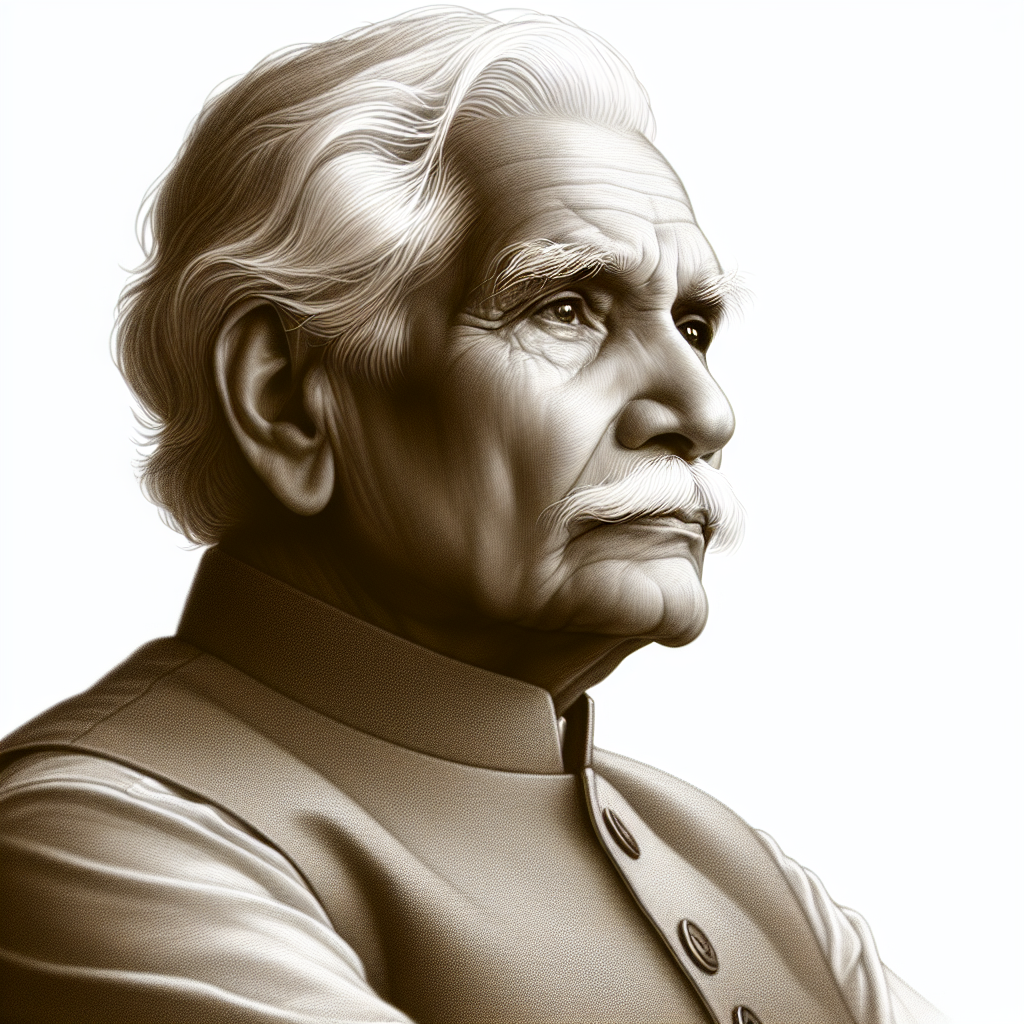R. N. Malhotra wasn't your typical central banker. Born on October 15, 1926, in India, Malhotra possessed a calm demeanor and a steely will, acting as a steadfast captain steering through the turbulent economic seas that defined the late 20th century. When he became the Governor of the Reserve Bank of India (RBI) in February 1985, India stood at the crossroads in financial history, and Malhotra’s stewardship would be consequential in shaping its future. Malhotra believed that a stable banking sector could become the backbone of a vigorous economy. His tenure at RBI was marked by a significant restructuring of the Indian banking system, spearheading numerous reforms necessary to adapt to a rapidly globalizing world. While many celebrated his innovations, not everyone was on board, leading to heated debates over impending modernization. One could almost feel the seismic activity below the financial earth moving with every policy decision.
A pivotal achievement during his time was the introduction of the Malhotra Committee in 1991, which sought to liberalize the insurance sector. This drastic shift impressed upon the industry much-needed competition and efficiency. Many praised these moves for making insurance accessible and cutting through a layer of bureaucracy. Critics, however, feared for the stability of traditional players as global insurance giants prepared to stake a claim. Looking through the eyes of a Gen Z reader, we see echoes of similar debates surrounding emerging fintech companies today, disrupting established practices with fresh concepts. This pattern of disruptor versus establishment is recurring, reflecting the constant tension between preservation and innovation.
Malhotra’s journey was not just about banking. It aligns with the intrinsic drive to see a world where equitable opportunities exist. His policies aimed to ensure that resources trickled down to those often left at the margins. Under his governance, there was a noticeable effort toward intensifying financing of essential sectors like small-scale industries and agriculture, directly touching lives that conventional banking narratives might overlook. The vision embedded within these policies was that prosperity should not be reserved for a select few but a shared entity across all socio-economic segments.
Despite the good intentions, critiques emerged, accusing him of overemphasizing economic considerations at the expense of systemic stability. Economists wary of rapid changes worried about potential shocks to an unprepared economic framework. Yet, Malhotra didn’t walk a solitary path. His vision beckoned cohesively blending fiscal discipline with social equity. When emphasized in rhetoric, the practical application of a balanced approach often juxtaposed optimism against a backdrop of skepticism, mirroring today's debates on whether rapid digitization prioritizes inclusion.
He was more than just policy; R. N. Malhotra emphasized the role of transparent governance. Instilling trust in institutions is crucial, both then and now. The transparent models he advocated for have contemporary parallels, as Gen Z vocalizes demands for transparency from corporations and governments. The legacy left by Malhotra in the tapestry of the Indian financial landscape is thus not merely a series of reforms but an enduring blueprint for leadership immersed in the nuances of change.
To talk about R. N. Malhotra without diving into his post-RBI life would be incomplete. His tenure left him a revered figure, yet he continued to stay influential as a policy guru. Malhotra’s collaborative engagements in promoting fiscal prudence extended till his eventual departure from the public sphere. His contributions emphasize the indispensability of advisors who hybridize policy with progressive thought, a notion still relevant in today's fast-paced policy debates. The Ripple effects of his decisions, much like every historical change, provoke arguments questioning if the right road was taken.
The debate centers on a broader discourse of change — a staple in the liberal belief system that embraces fluid transformation while considering structural impacts. While some cling to safety in what is known and proven, others question, challenge, and take audacious leaps into novel territories. Malhotra epitomized a paradigm that harnessed the dynamic balance of these ideologies.
Gen Z and emerging thought leaders find themselves revisiting the ideas transcending conventional frameworks initiated by figures like R. N. Malhotra. Figures who have pioneered towards innovative answers wrapped in regulatory responsibility are increasingly finding their place etched into the expanding archives of impactful legacies. Recognizing these historical perspectives shapes how present ideologies take form. We find ourselves invariably linked back to stories like those of R. N. Malhotra — each one carrying embedded lessons of calculated risk, reform, and leadership in a country whose narrative of progress is as diversified as its culture.

